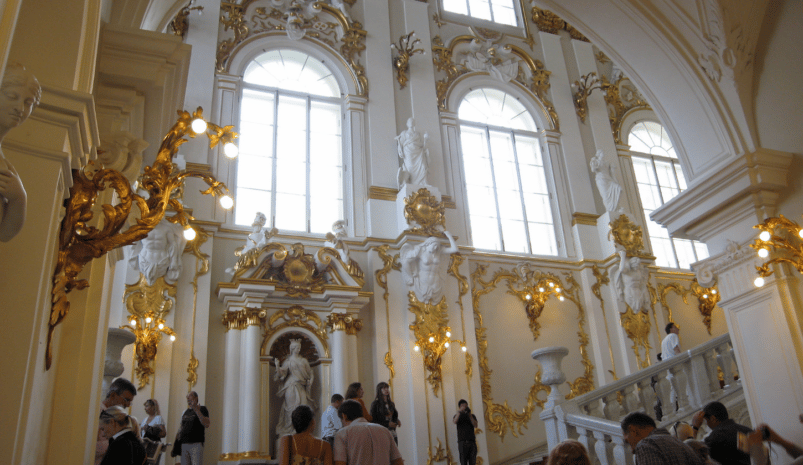The Morozov collection, which includes around 200 significant works from European and Russian artists has recently been on display in France. The collection, displayed at the Louis Vuitton Foundation museum, has never before travelled outside of Russia. Now, the paintings are causing political and logistical problems.
The works were collected by the Morozov brothers in the early 20th century, but became state property after the collapse of the Tsarist regime. For decades they had been split between the State Hermitage in St. Petersburg, the Pushkin State Museum of Fine Arts, and the Tretyakov State Gallery in Moscow. In 2021, the collection was unveiled at a temporary exhibition in Paris.
However, with flights to and from Russia banned and road travel risky, the paintings face an uncertain future. They were due to be returned after the exhibition closed on the 3rd April, but now the works by artists such as Gauguin and Cezanne have yet to leave France.
The Russian Culture Minister, Olga Lyubimov, said this week that a “road map” has been drawn up for the return of artifacts that are currently in Europe. She didn’t give any specifics, however.
For now though, the logistics are a problem for the museums to solve. At the moment, officials from both the Louis Vuitton Foundation and the Russian museums are emphasising the importance of protecting the artworks. Currently they remain at the museum in Paris.
Avoiding diplomatic trouble
During such a tragic time, concerns for Russia’s cultural objects are low on the list of priorities. However, ties between museums in Europe and Russia have been seen as highly important for diplomacy, and a sign of trust. At the opening of the exhibition in 2021, both French President Emmanuel Macron and Russian Culture Minister Lyubimova were present.
Legal troubles over object returns can take years to resolve, which is likely something that all the involved museums hope to avoid. The Allard Pierson museum in Amsterdam, for example, has been storing objects from the Crimea since 2014, after having them on loan for an exhibition. Since both the State of Ukraine and Crimean museums claim the objects, there has been no clear solution for over 7 years on where they should go. With the verdict to return them to Ukraine still pending, the objects remain in secure storage in Amsterdam.
In March, Russia returned some items to European museums, including the Prado Museum and the Royal Palace Armory of Madrid.
Read the full story at DW (English)

